In 2002, Japan witnessed the debut of the initial mobile phone equipped with an integrated QR scanner — the J-SH09 manufactured by SHARP.
The implementation of a QR scanner marked a significant breakthrough during that period, bearing in mind the fact that the use of mobile phones for internet access was just beginning to gain popularity.
In 2024, however, the efficiency of QR codes is slowly but surely taking the stand instead of the traditional paper processes. The emphasis of QR codes is on their speed, accuracy, and sustainability.
As we look into the challenges of paper returns — including the limitations and environmental concerns — it becomes evident that it is time we bid farewell to traditional methods.
This article will outline the practicalities of adopting QR code returns and provide actionable insights for a seamless transition.
What are QR code returns?
The emergence of paperless returns witnessed a transformative influence in the e-commerce industry, especially. QR codes provide sustainability, efficiency, and, most importantly, user satisfaction.
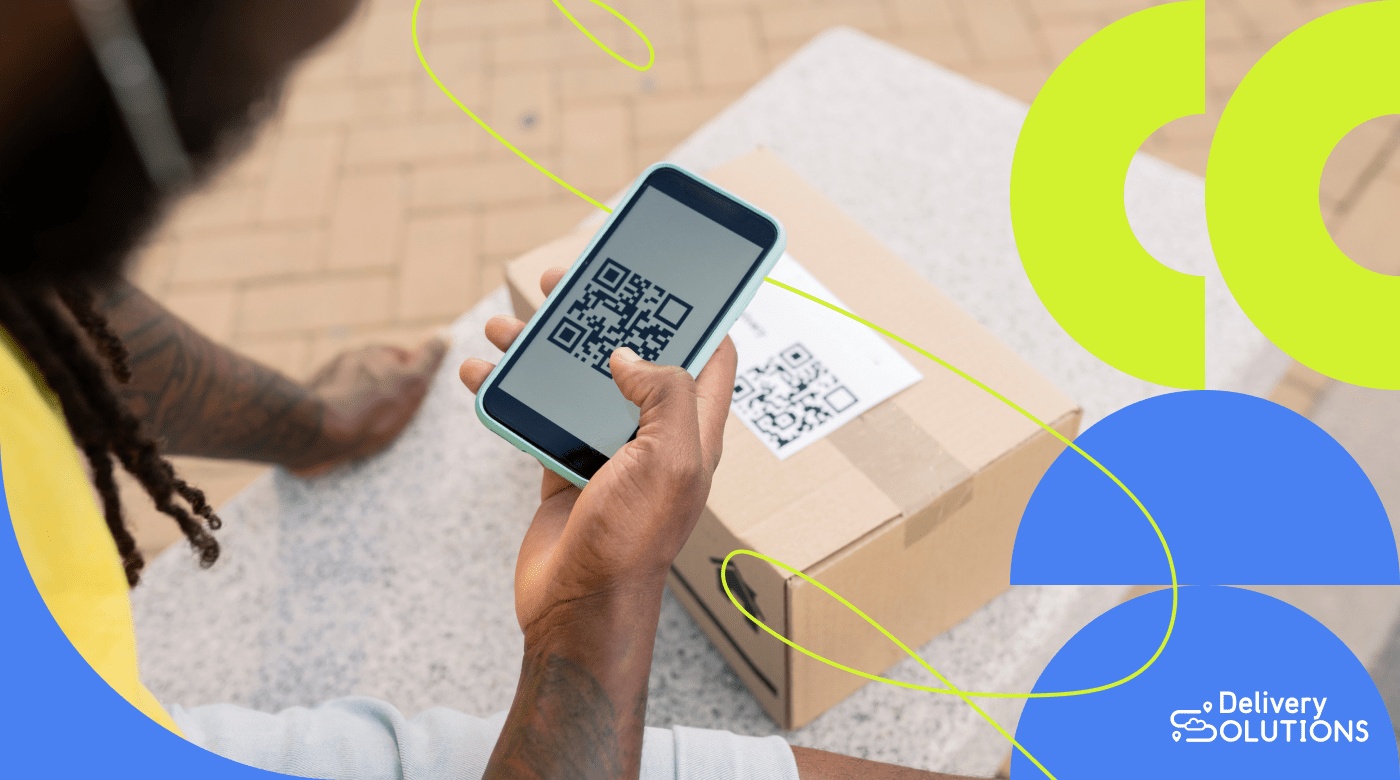
Moreover, paperless returns refer to the digitization of the return process. These square-shaped, two-dimensional QR codes encode essential information for both parties, which allows easy scanning — all by using a smartphone or dedicated barcode scanners.
The IRS is actively engaging in a "paperless processing initiative" to achieve a fully digital submission of tax documents. This aligns with the broader trend toward a paperless future, where traditional paperwork is gradually being replaced in favor of digital alternatives.
Treasury Secretary Janet Yellen and IRS Commissioner Daniel Werfel have announced this paperless initiative — aiming to alleviate the amount of paperwork the agency is currently dealing with. The objective here is to transition to a fully paperless system by 2025.
Key players such as post offices and printing services are slowly adapting to the shift. The most important thing to remember is that QR code generators and code designing tools are crucial in facilitating this transition.
All that to say, it's essential to consider innovative solutions that enhance the overall customer experience. Offering an experience-driven brand presence throughout the shipping process ensures that brands can maintain a cohesive identity even during the delivery phase. Delivery Solutions’ Smart Orchestration shipping feature seamlessly aligns with this transition. The ability to ship from anywhere complements the adaptability of key players and highlights the importance of a holistic approach in the integration of QR codes and efficient shipping solutions.
With that in mind, the journey toward paperless returns involves a collaborative effort between e-commerce platforms, customers, post offices, printing services, and QR code generators. Together, these elements contribute to a more sustainable, efficient, and user-friendly approach to the return process.
Here’s a glimpse of the global QR code usage worldwide in 2020 and 2021:

In 2022, the aggregate value of retail returns experienced a 2.8% increase, reaching $613.94 billion, equivalent to 8.6% of the total retail sales for the year — a marginal decrease from the preceding year.
In 2023, we've seen a 2.2% growth in total retail returns, projecting $627.34 billion, constituting 8.5% of the overall retail sales. Moreover, this proportion is expected to persist without significant change through 2026.
This sustained trajectory underscores the enduring impact of return dynamics on the retail sector and signals a continued focus on optimizing the return processes within the industry.
Here are the most popular and widely used QR code types:
How do paperless returns work?
Adopting paperless returns represents a departure from traditional, paper-dependent return processes.
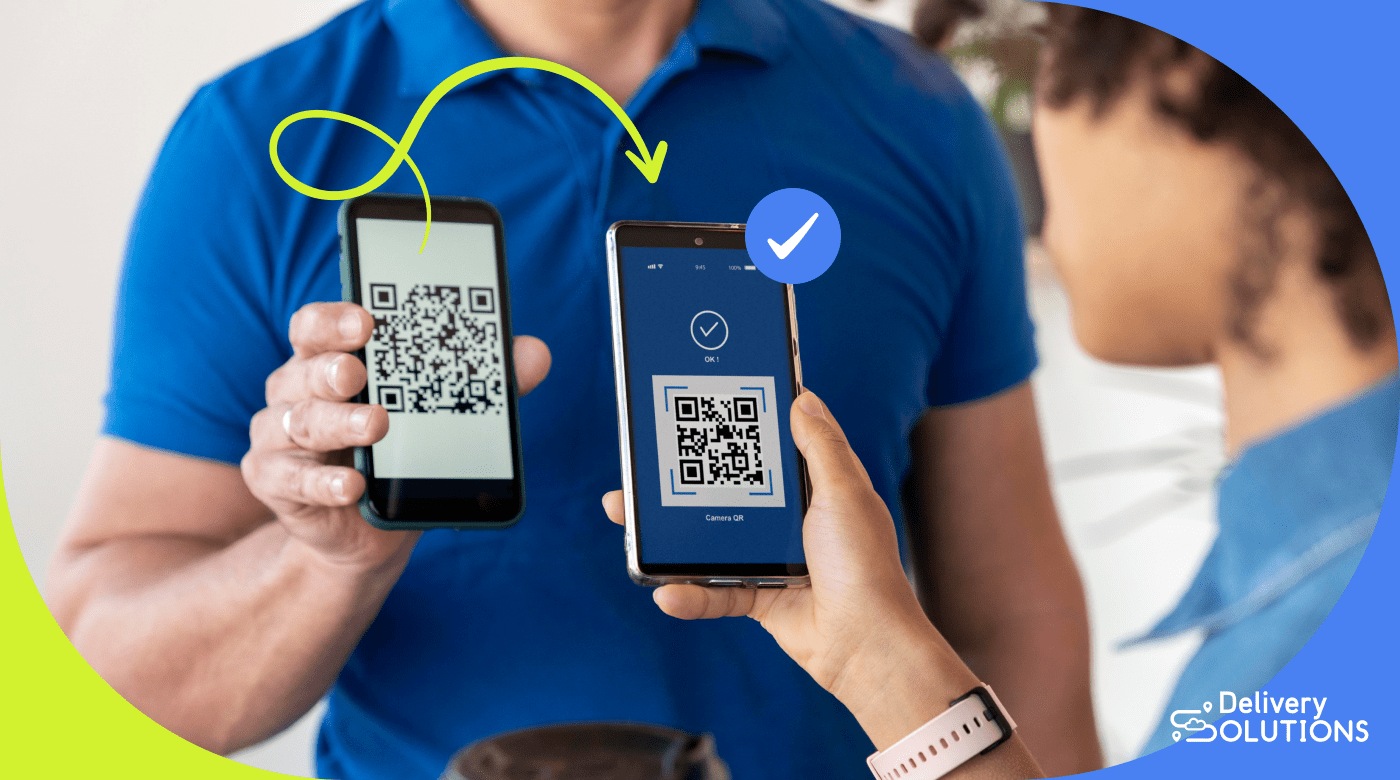
Here’s an overview of how paperless returns work:
Initiation by the customer:
The paperless return process begins with the customer initiating the return through a digital platform — typically the online store's website or a dedicated mobile application. This prompts the customer to select the item(s) they wish to return and provide additional information, including reasons for returning the product.
Generation of QR code:
Once the return request is submitted, the system automatically generates a unique QR code associated with the specific return transaction. This QR code serves as a digital identifier, containing essential information about the return — such as the product details and reason for return.
In a survey conducted in 2022, the primary concern for 63% of US consumers when returning a purchase was the availability of free return shipping. Another 33% of respondents appreciated including a return label or QR code with their initial purchase. In addition, nearly 20% of buyers highlighted the significance of a communicated return policy on the brand's website.
Scanning the QR code:
When the customer arrives at the designated return location — a physical store or a designated drop-off point — the QR code can be scanned using a smartphone or a dedicated code-scanning device.
Real-time processing:
The scanned QR code triggers real-time processing of the return request within the retailer's system — meaning the entire process is digital.
Research findings indicate that when presented with alternatives, over 50% of individuals opt for paperless labels, making a strong argument for e-commerce businesses to consider incorporating paperless returns into their offerings.
The advantages of paperless labels extend beyond consumer preference.
Data shows that 30% of consumers who opt for paperless returns tend to dispatch the package on the same day they initiate the return online.
This accelerated turnaround can be advantageous for retailers, facilitating quicker item restocking and enhancing the overall value recovery from returned merchandise.
The IRS's decision to provide 150 commonly used non-tax forms in digital, mobile-friendly formats is significant, considering that around 15% of Americans rely solely on mobile phones for internet access. Similarly, e-commerce retailers must prioritize offering mobile-friendly formats to improve customer service, provide streamlined returns, and achieve cost savings for their businesses.
Benefits of paperless returns for retailers
There are numerous benefits of paperless returns for retailers, and here are the five major ones:
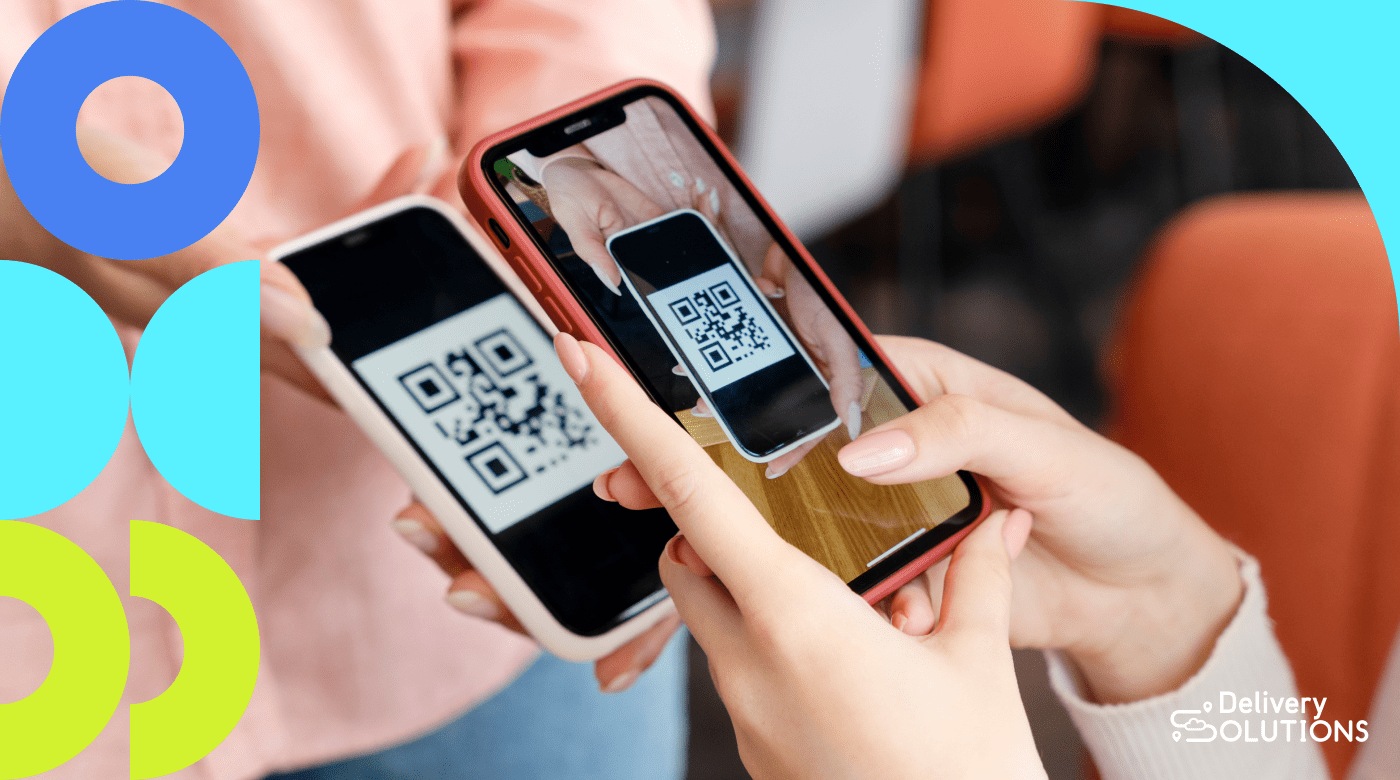
Increased efficiency
Think of the common scenario of going through boxes and filing cabinets, searching for a piece of paper — an invoice, employee timesheet, or inventory checklist. It’s a daunting but inevitable part of running a retail business.
Now, if you’re a small business, responsiveness to customers is your key advantage — and the efficiency gained from going paperless can provide a significant competitive edge.
Digitalization
Additionally, digitizing most business documentation instantly eliminates the need to sift through physical records — making retrieval a streamlined process.
Cloud-based storage introduces an additional layer of convenience by providing access to documents from any location or device.
Plus, automatic backups ensure data integrity — another crucial aspect of running a business.
This shift toward digitization extends beyond traditional business documents and emphasizes user-friendly interactions — especially in everyday life.
For instance, the advent of digital alternatives — such as paperless menus — contributes to a more efficient and hygienic dining experience by enabling users to access menus using dedicated code reader apps.
Whether it's delivering local event details, community announcements, or interactive features, the widespread use of QR codes in community content exemplifies the versatility and convenience they bring to various aspects of daily life. As the code designing journey progresses, this integration continues to evolve, creating a strong relationship between technology and community engagement — which is vital for any brand trying to improve and grow its services.
Delivery Solutions’ capabilities can empower brands to navigate this increasingly competitive landscape. The platform is designed with customer experience in mind, providing retailers with unprecedented insight into efficiency gaps, AI-powered analytics, and access to new revenue streams — all within a single system.
Cost-savings
The next benefit is cost savings.
Specifically, transitioning to digital processes can result in significant cost savings. The extent of these savings is so substantial that certain retailers, like Best Buy, incentivize their customers to adopt paperless account management by offering monetary incentives, as highlighted by the VP of Strategy and Thought Leadership at ADP, George Mavrantzas.
While the initial investment in software and training may seem like an additional financial burden, the long-term economic and operational benefits outweigh the upfront costs, making the move toward a paperless environment a strategic and cost-effective decision.
The shift eliminates the need to purchase items like receipt rolls, reams of paper, envelopes, printers, ink, and storage containers for physical files.
Security
Moreover, QR codes are a secure authentication method, particularly valuable in applications demanding heightened security measures.
The requirement to scan a QR code when trying to log in serves as a dynamic authentication method, introducing an additional layer of security and significantly reducing the risk of unauthorized access.
Brand affinity
Lastly, relying on QR codes on packaging to connect users to detailed brand narratives is an effective strategy for maximizing limited packaging space and fostering immediate brand affinity.
Things to keep in mind while printing QR codes
Size, resolution, and color contrast are essential for guaranteeing QR code readability.
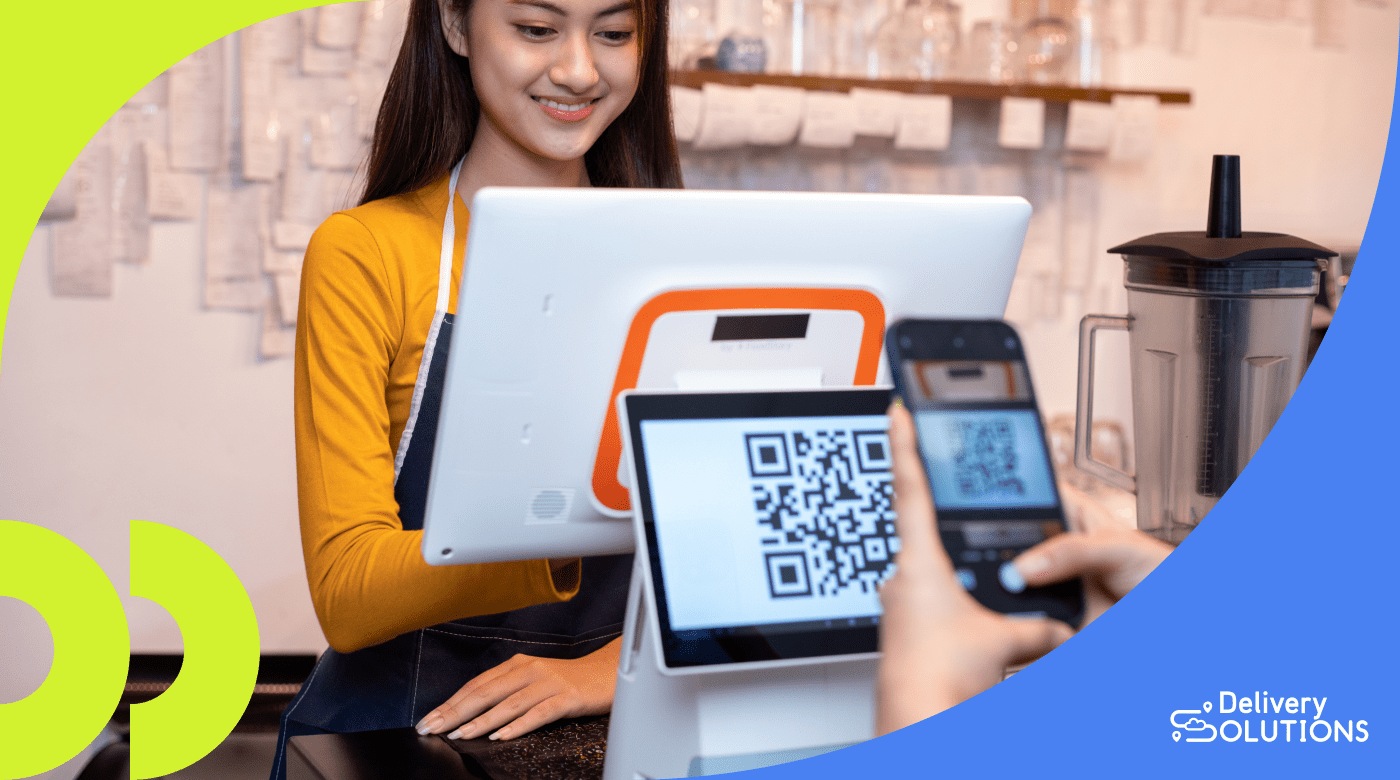
Ross Franklin, associated with Pure Green Franchise, noted that the surge in QR code usage during the pandemic has given rise to third-party services offering customization options.
These services enable businesses to personalize the colors and patterns of QR codes and even incorporate logos, creating a more distinctive and cohesive brand appearance that can further support their marketing efforts.
The second factor is size; finding the right balance ensures it remains scannable without compromising its integrity.
Speaking of design elements, the choice of background colors is crucial for creating effective marketing materials where QR codes integrate with the overall design. The design should ensure that the QR code remains easily discernible against its background and prevent any loss of information due to visual clutter.
When selecting background colors, it's imperative to consider the image source and overall color designs to ensure that the QR code maintains the functionality of the marketing material. This consideration preserves the code's readability and enhances its visual appeal, making it an attractive choice for businesses seeking to integrate QR codes into their promotional content.
Ensuring that the chosen background colors and overall design are scanner-friendly guarantees a smooth scanning process — and this user-friendly experience contributes to the effectiveness of QR codes in bridging offline and online interactions.
Here’s how you can customize your QR code:
With a careful selection of background colors, image sources, and overall color designs, QR codes can be an optimal choice for marketing materials.
Valerie Hayman Sklar, associated with Corporate Specialties LLC, highlights the importance of incorporating QR codes into promotional products and regularly updating the associated landing page to offer ongoing value.
Rather than static codes, she recommends regularly updating the associated landing page with special offers and discount codes. That would ensure continuous engagement with the audience, giving your business a competitive edge in the modern marketing landscape.
Additionally, Sklar emphasizes the impactful use of promotional products like mugs, journals, bags, and power banks, where integrating QR codes extends beyond mere visual appeal and keeps your brand top-of-mind.
With consumers becoming adept at using them, businesses must harness their potential to guide consumers strategically and continually enhance the user experience.
Angela Diffly from the Restaurant Technology Network points out that despite their size, QR codes can be transformative game-changers capable of enhancing the customer journey — something we’ve already seen in the restaurant industry.
Popular ways to incorporate QR codes on product labels
For starters, QR codes can be used to streamline communication, providing quick access to product information, manuals, or customer support channels.
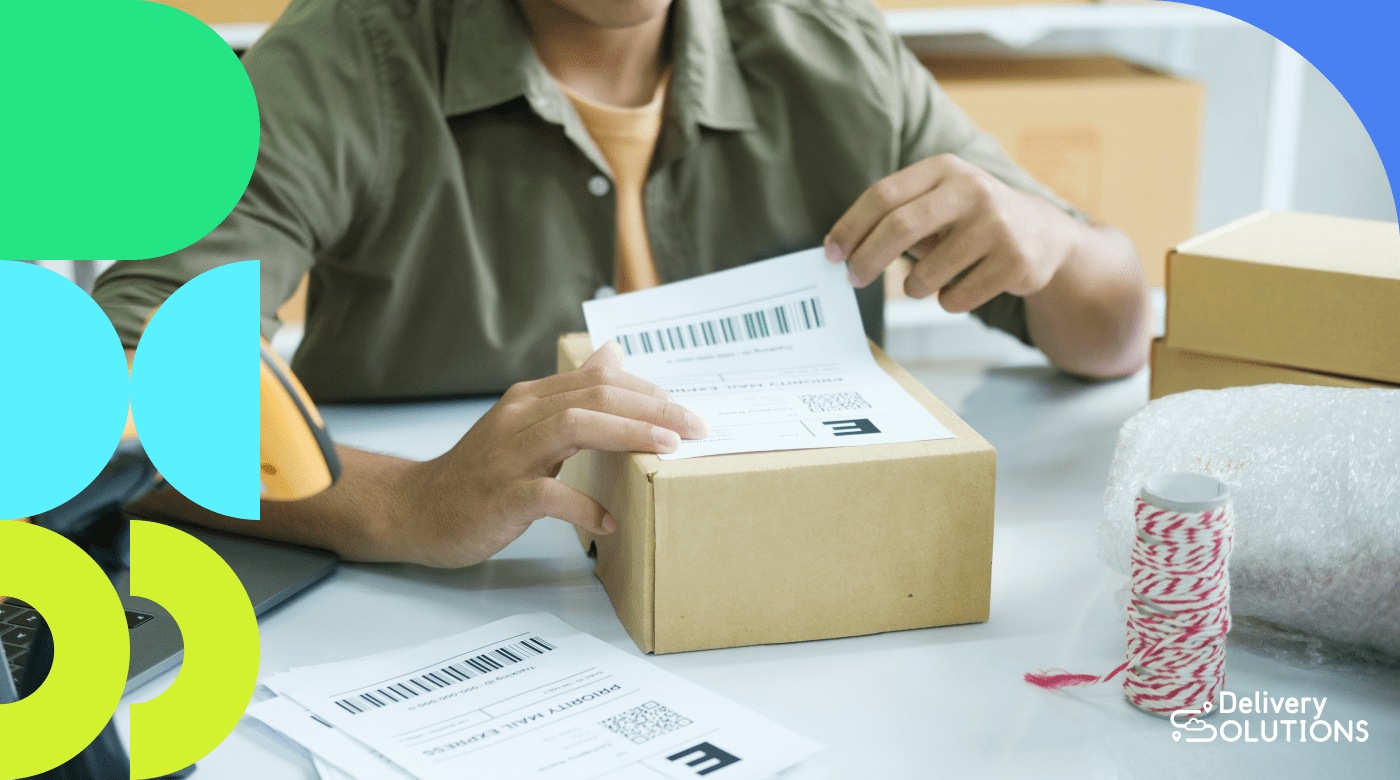
By linking to promotional videos, exclusive content, or special discounts, brands can connect the physical product to a dynamic online experience.
In a survey conducted in June 2021, 59% of surveyed US shoppers agreed that QR codes would become a lasting feature in their mobile phone usage, while only 11% disagreed with that claim.
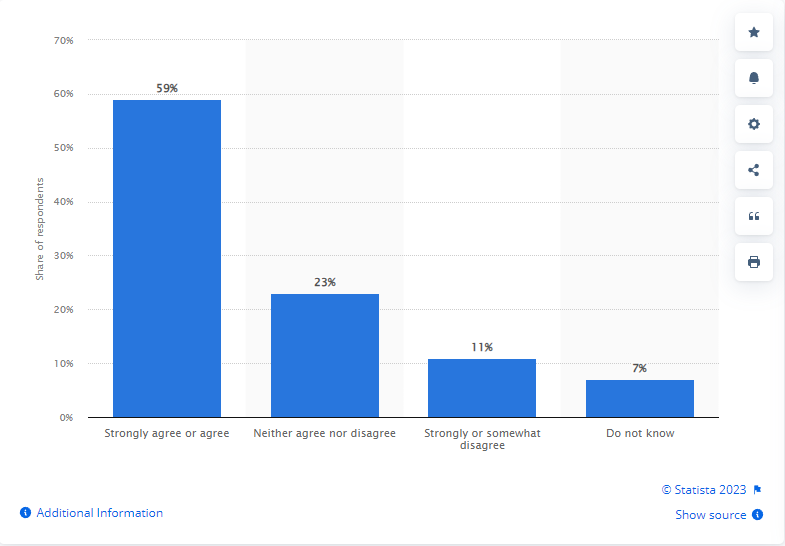
The same survey revealed that QR codes garnered the highest popularity among individuals aged 18 to 29.
Another innovative use is integrating QR codes with mobile apps.
Incorporating custom images — such as logos and unique designs — adds visual appeal while maintaining functionality. In that sense, leveraging QR codes on product labels goes beyond mere information access:
It transforms the product into a gateway for a comprehensive brand experience.
Whether streamlining communication, supporting marketing initiatives, or integrating with mobile apps, QR codes are versatile tools that bridge the gap between physical and digital realms, elevating the customer journey.
Conclusion
The evolution of QR codes from their pioneering integration in mobile phones in 2002 to their prominence in 2024 signifies a transformative shift in how e-commerce businesses handle returns.
The challenges associated with paper returns highlight the imperative need for businesses to embrace innovative solutions. The speed, accuracy, and sustainability have positioned QR code returns as a modern and efficient alternative to traditional paper processes.
Incorporating QR codes on product labels offers a spectrum of opportunities—from media links to instructional videos and direct business communication—underscoring the versatility and value of QR codes in enhancing customer experiences.
Delivery Solutions' omnichannel experience products for everything after the sale help enterprise retailers scale with flexible options that boost savings and brand loyalty.
Book a free demo and unlock the full potential of paperless QR codes for streamlined and efficient operation.
Caitlyn Metzker
Caitlyn Metzker, a professional with 9 years of experience, brings a wealth of insight to her Sr. Enterprise Account Executive role. As a University of South Carolina graduate, Caitlyn has honed her skills within the industry previously with Roadie and Kabbage. Originating from Philadelphia, her multifaceted interests include traveling, hiking, soccer, swimming, and boating, reflecting her adventurous spirit. Her favorite getaway is the picturesque Kauai, Hawaii. Caitlyn's business philosophy underscores the importance of continuous learning, as she believes that "there is always more to learn; absorb as much as you can." When not devising groundbreaking strategies, Caitlyn unwinds by delving into books or enjoying the serene beach. Adding a unique touch, she cherishes the privilege of occasionally working alongside her sister and mother as part of the UPS Digital family. Caitlyn's profound industry knowledge and passion make her an invaluable asset to our B2B SaaS sales and marketing team.
Topics from this blog: Retail Management
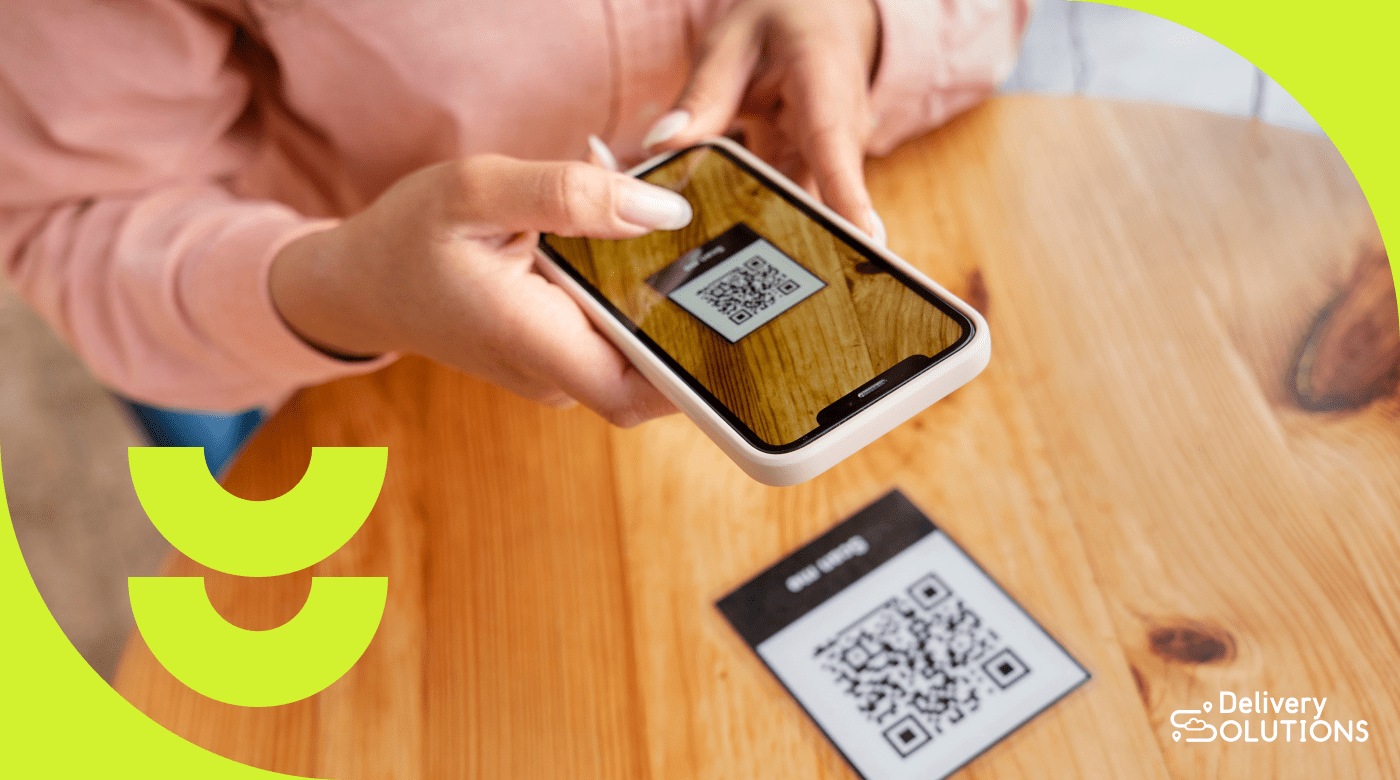
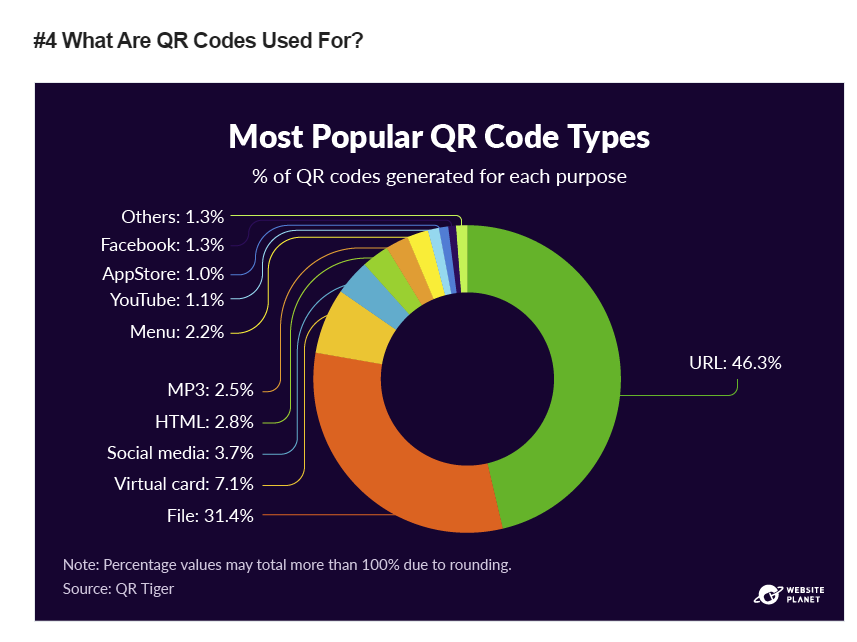 (
( (
(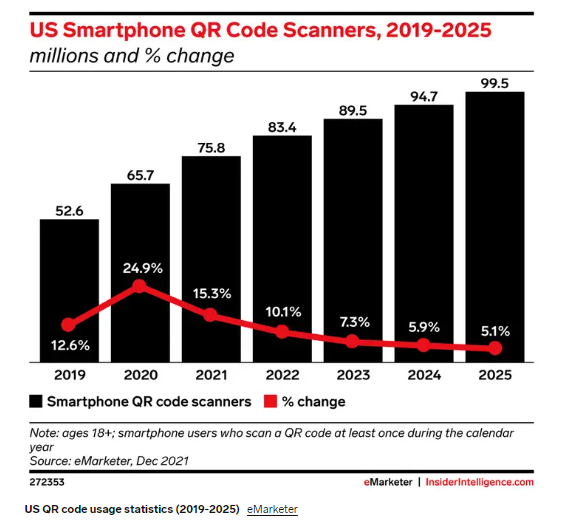 (
(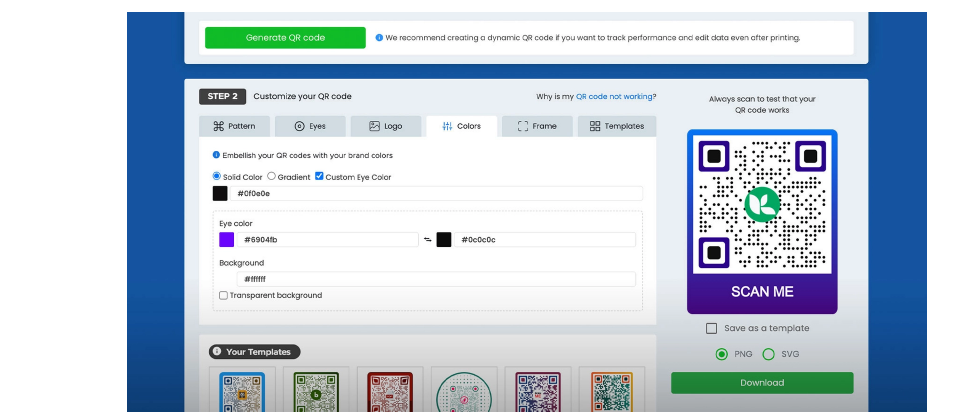 (
(